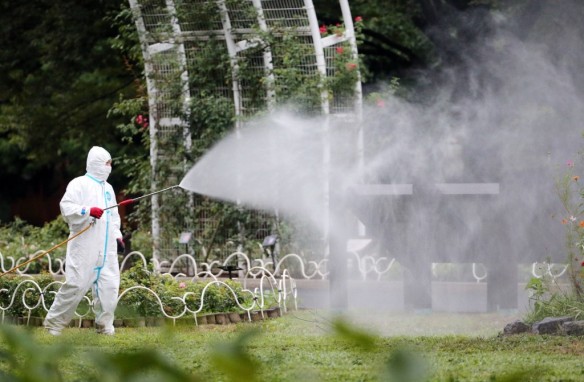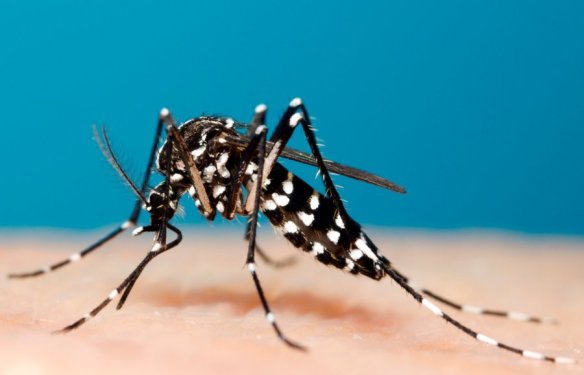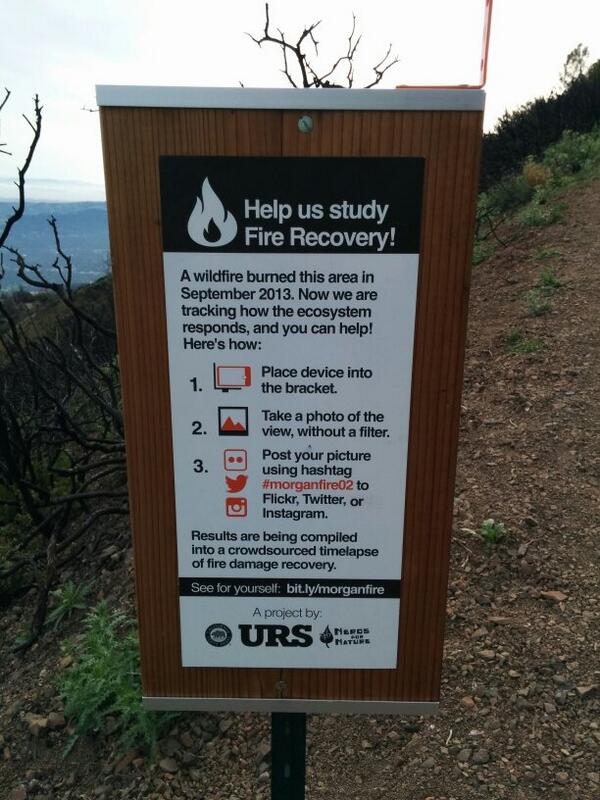
I’ve spent over twenty years sloshing about in wetlands around Sydney and surrounds. They’re changing. They’re changing due to shifts in climate, sea level rise, and urbanisation. The 2019 World Wetlands Day is a time to stop and reflect on the state of wetlands around the world and how we can keep them health under the threat of climate change.
World Wetlands Day is held every year on 2 February, this day marking the adoption of the Convention on Wetlands on 2 February 1971 in Ramsar, Iran. The theme of the 2019 World Wetlands Day is “Wetlands and Climate Change” and we shouldn’t just think about the impact of climate change on wetlands but also how wetlands can help us as we face the challenges of a changing climate.
Coastal wetlands around Sydney are impacted in many ways. Mangrove forests and saltmarshes are degraded through direct and indirect human activity. There is recent research indicating that sea level rise is impacting mangroves along the Parramatta River in Sydney. This requires active management to ensure substantial degradation and die back occurs, as has been seen elsewhere in Australia.
Some of our research even suggests that degraded mangroves are more productive when it comes to mosquitoes. Effective rehabilitation of these habitats may actually reduce the mosquitoes flying out of these environments and impacting the community nearby. Similarly, urban planning should consider the risk posed by mosquitoes in wetlands adjacent to new and expanding residential developments. This includes major wetland rehabilitation projects.

The challenges facing wetlands isn’t unique to Australia. Released in conjunction with World Wetlands Day preparations was The Global Wetland Outlook. A document that provides “a current overview of global wetlands: their extent, trends, drivers of change and the responses needed to reverse the historical decline in wetland area and quality”.
While we think of rainforests and coral reefs under greatest threat, it is a sobering thought to think that up to 87% of the global wetland resource has been lost since 1700. These are environments that were, until relatively recently, considered wastelands. With this lack of perceived value came greater susceptibility to abuse and degradation.
Along with the unsurprising loss of wetland area and decline in biodiversity associated with these environments come some interesting findings. The most interesting from a mosquito management point of view is that artificial wetlands are actually increasing in some areas. Notwithstanding an assessment of the ecosystem services they provide, they’re more likely to be closer to human habitation, so any mosquitoes associated with them may have relatively greater impact.
In recent years, the value of wetlands has increased. There is an understanding now that these environments provide critical ecosystem services. There is also a growing understanding of the wetland’s roles in mitigating the impacts of climate change. Coastal wetlands in particularly provide protection from increasingly severe storm events and trap valuable carbon stores that assist in mitigating the impacts of climate change.

This then raises the issues of mosquitoes. Mosquitoes are a natural part of wetland ecosystems. While often their pest impacts may indicate the poor health of the wetlands, at other time, abundant mosquito populations are a natural occurrence that fluctuate in their intensity from year to year. How do best manage mosquitoes associated with these wetlands?
I’ve written about how I think mosquito control should actually be considered an important component of coastal wetland rehabilitation. How climate change may be impacting mosquito threats and that even hot and dry summers under the influence of El Nino may not necessarily mean that mosquitoes are less problematic.
Based on the experience during the 2018-2019 summer, mosquitoes seem to persist in plague proportions despite the extreme temperatures being experienced in NSW.
It is important to remember that there are many mosquito species associated with wetlands, especially freshwater habitats, that pose no substantial threat to humans. There are hundreds of mosquitoes in Australia, less than a dozen really pose a substantial pest or public health threat. Many mosquitoes may play an important ecological role in wetland ecosystems. This may include representing a locally important food source for insectivorous wildlife or possibly pollinating plants.

A balance is required. If we’re going to continue squeezing an increasing human population into a narrow stretch of land up against the coast, there are many issues to consider here and they’re not just about how human activity is impacting those coastal wetlands. Pollution is a problem, our physical damage is another. Worst still, we’re taking away the opportunity of these normally resilient habitats to adapt to a rising sea levels and increasingly frequent storm events. Our cities and their infrastructure provide a hard and unforgiving edge against the wetlands.
Our wetlands even battle against themselves sometime. The threat of mangrove incursion into saltmarsh habitats is of increasing concern. Its counter-intuitive but perhaps we need to be pulling out mangroves to save some coastal wetlands.
Expanding, modifying, and creating new coastal wetlands will require local authorities to turn their mind to the issue of mosquitoes. Firstly, consideration needs to be given to what may constitute a tolerable level of mosquito exposure. How many mosquito bites are too many? How many cases of mosquito-borne disease are considered “normal” each year. Once these thresholds are drawn and exceeded, who is responsible for the decisions on active mosquito control? Who pays?
Another ecosystem disservice to consider is how the nuisance-biting of mosquitoes may discourage engagement with local wetlands. less engagement may mean less support for conservation and rehabilitation efforts. Less community interest, support, and activism may then result is less political drive to protect local wetlands by local authorities.
Importantly, decisions regarding the management of coastal wetlands, as well as those peppered throughout the city, need to be made with some consideration of mosquitoes and their potential impact. How do you convince the local community about the overall benefits of carbon sequestration, wildlife conservation, and protection of infrastructure is worthwhile if their quality of life is degraded through summer swarms and nuisance-biting mosquitoes?
More details on managing the risks associated with estuarine mosquitoes is provided in this book chapter included in the free Sydney Olympic Park Authority’s guide to managing urban wetlands.
For more about World Wetlands Day activities in Australia see here.
To stay up to date with my adventures in local wetlands, you can follow me on Instagram here.
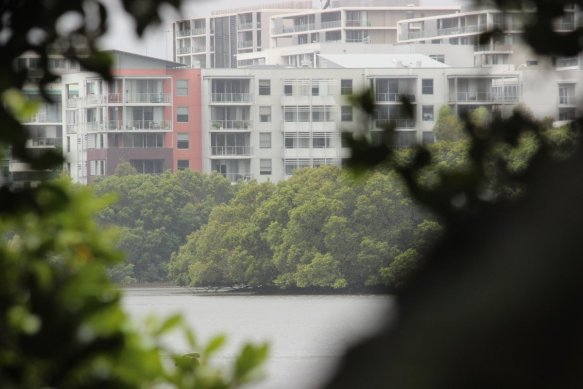

























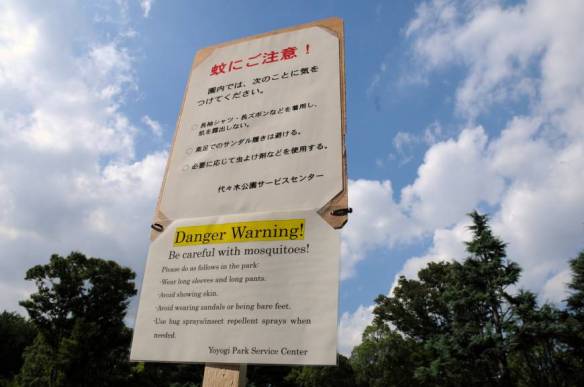 Considered free of dengue for around 70 years, Japan is now facing an outbreak of mosquito-borne dengue virus centered around a popular Tokyo city park. How could this happen?
Considered free of dengue for around 70 years, Japan is now facing an outbreak of mosquito-borne dengue virus centered around a popular Tokyo city park. How could this happen?